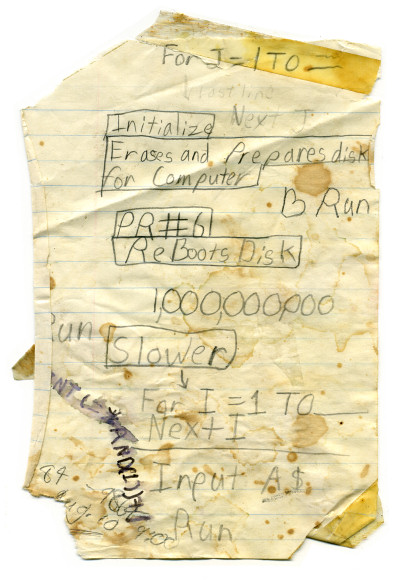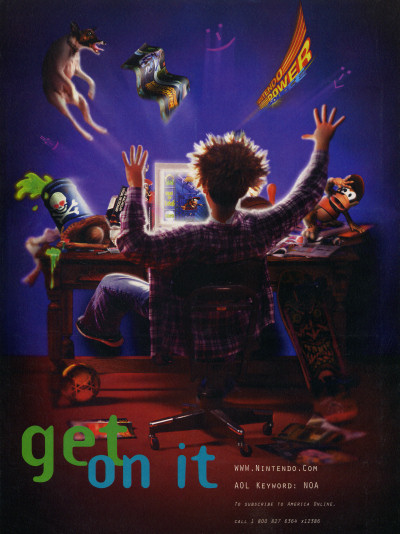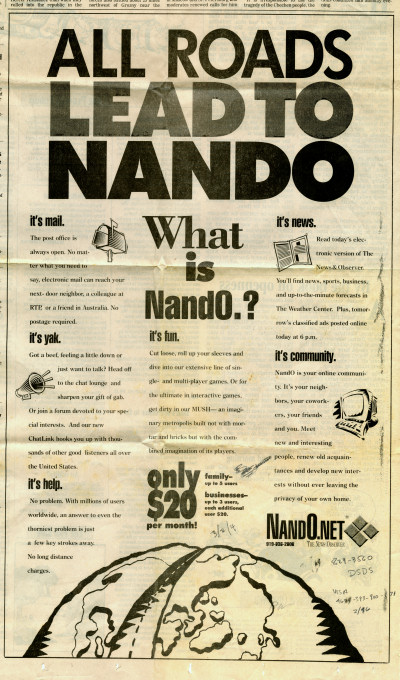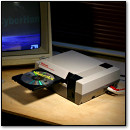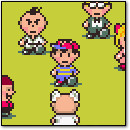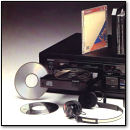[ Newsbits ] June 29, 2016
Wednesday, June 29th, 2016

I’ve recently received a big influx of news, announcements, and press releases, so I thought I’d bring Newsbits out of cold storage and use it to share everything all at once.
Recent News
It’s wonderful to see this stuff preserved, as always
A group of former employees from the Minnesota Educational Computing Corporation (MECC) recently donated an extensive collection of materials to The Strong museum documenting the history of the pioneering company from 1973 to 1996. The collection includes hundreds of pieces of software, internal documents, and press clippings.
Brock Kyle recently let me know that his essential Apple info site is turning 20 this Saturday. Quite an accomplistment!
Established in 1996, EveryMac.com is the complete guide to every Mac, iPod, iPhone, iPad and Mac clone in the world, with technical specs, configuration details, system identifiers, performance benchmarks, and global pricing info.
They’ve assembled some incredible footage so far; would be a shame to see this disappear
This 100 minutes long documentary about the Atari story will feature a list of unreleased interviews with the key people of these events, including a very rare one with Warner VP Manny Gerard and a unique one with Atari CEO Ray Kassar, the man held responsible for Atari success and the video game industry crash at the same time, who never appeared in a documentary before.
Quite a project
My name is Gaming Jay. I’m a retro gamer who started a challenge this past year to play through a book called ‘1001 Video Games You Must Play Before You Die.’ Each week I’ve been playing 2 games and recording my gaming sessions and uploading them to YouTube. I have also recently developed a new website to document my journey with written summaries to supplement my YouTube videos.
Neat iOS camera app that simulates vintage graphics
I created Famicam64, an 8bit RetroGaming style Camera app. Famicam64 lets you take photos with 40+ real-time filters that emulate the nostalgic look of retro computers (and games) of the 80s and 90s. CGA, EGA, VGA, Hercules and old PC graphic modes are all there, as well as style emulating home computers and handheld consoles (C64, Spectrum or Gameboy etc. etc.).
It’s a niche subject, but a story worth telling
The Secret History of Mac Gaming is the story of those communities and the game developers who survived and thrived in an ecosystem that was serially ignored by the outside world. The work draws on archive materials as well as 60+ new interviews with key figures from Mac gaming’s past.
Cool Links
Very, very creative electronics project from Star Simpson
Forrest M. Mims III is a trusted name in the electronics world for good reason: his charming and engaging texts have drawn millions of people into the world of electronics for the first time. I am bringing some of those hand-drawn circuits projects to life by creating an exquisitely designed series of finely crafted and highly detailed boards. These are the Circuit Classics.
VC&G reader Ben Winchester built a NES-shaped coffee table; it’s up for sale on Etsy.com
I wanted to show this to you because I feel this piece is truly unique and original to me. I got my start by replicating your NES DVD player and then moving on to putting my own twist on the NES coffee table, and now I think I have created an original design.
Bob Alexander turns Tinney’s train illustration into a photo composition
I’ve just completed an art project that was inspired by Robert Tinney’s painting “Computer Engineering” for Byte magazine. That’s the one with a train chugging around a printed circuit board. I made a printed circuit board that resembled the one in the painting, photographed it, and Photoshopped a picture of an HO scale model train onto it.
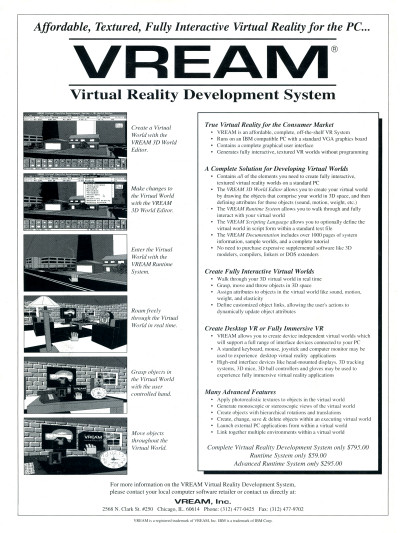
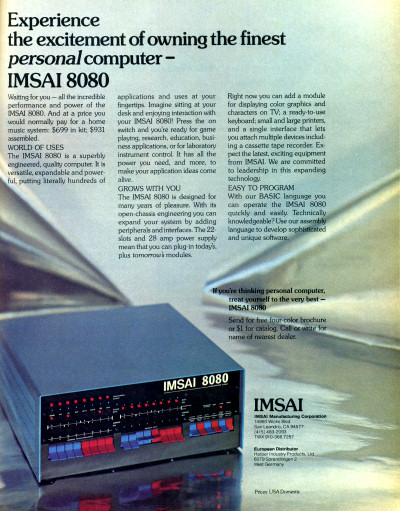

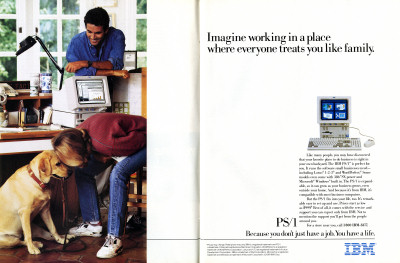
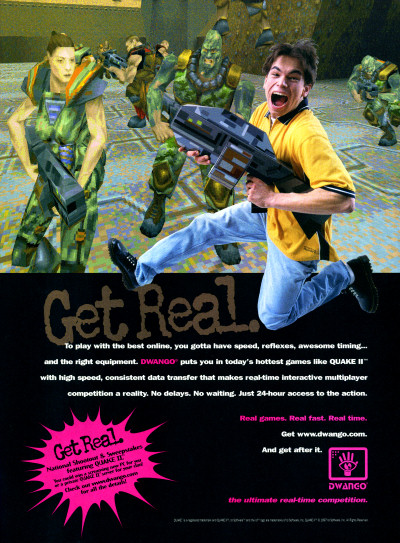
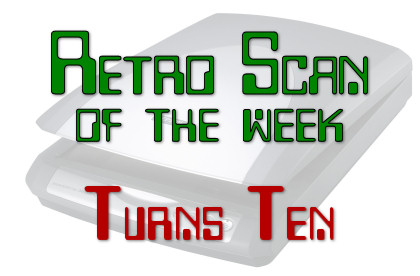
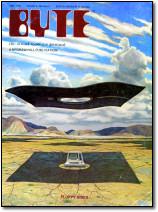 What I think it means is that I have been dedicated to preserving computer and video game history for an officially long time now (this blog itself
What I think it means is that I have been dedicated to preserving computer and video game history for an officially long time now (this blog itself 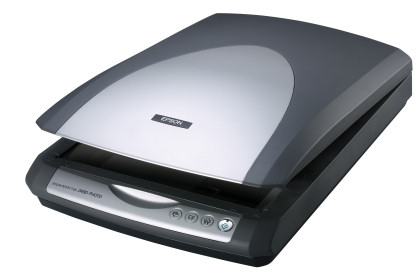 That earlier anniversary — coming in a different era where blogs and scans were slightly more relevant — felt more meaningful somehow. At that point, I had done something for a long time (in blog years). Now I’ve done it twice as long. And honestly, not much has changed in five years, other than the fact that I finally upgraded to an 11″x17″ large format scanner last year — and that there are twice as many scans on this blog.
That earlier anniversary — coming in a different era where blogs and scans were slightly more relevant — felt more meaningful somehow. At that point, I had done something for a long time (in blog years). Now I’ve done it twice as long. And honestly, not much has changed in five years, other than the fact that I finally upgraded to an 11″x17″ large format scanner last year — and that there are twice as many scans on this blog.